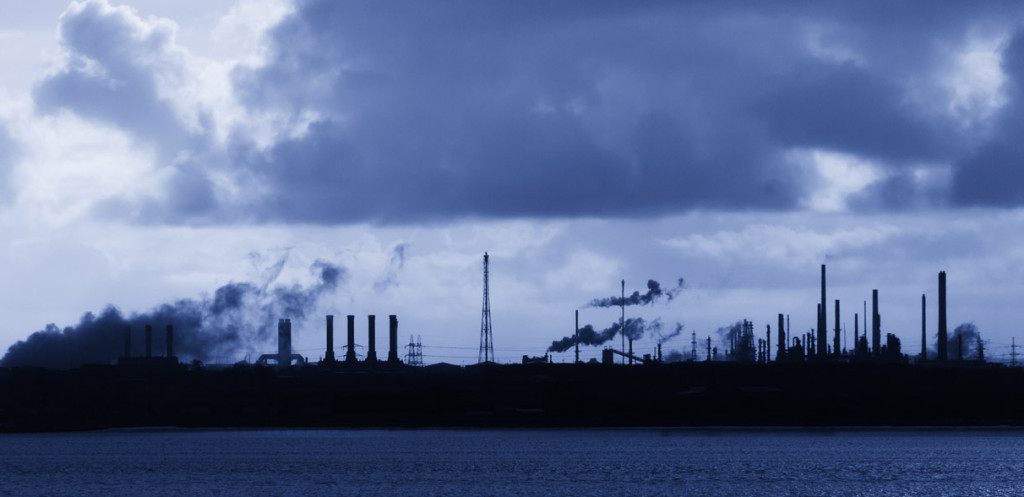The cost of emissions reductions over the last two decades in the EU has been significant. In Slovakia alone, people pay hundreds of millions of euros a year to support renewable energy sources, with millions more going on insulation and boiler subsidies, or the development of electromobility.
A significant part of the cost is hidden in higher prices for goods, as manufacturers have to buy emission allowances (EUR 57 billion worth of these have already been sold in the EU) or develop increasingly complex engines.
Source: European Environment Agency
In 1990, the EU27 emitted around 5 billion tonnes of carbon dioxide. Emissions have been falling since then and by 2020 annual CO2 emissions will have fallen below 4 billion tonnes. All of the above costs have thus reduced emissions production by over a billion tonnes a year, in line with the old EU commitment to reduce emissions by 20%.
If current reduction policies continue, emissions would fall to around 3.5 billion tonnes by 2030, but the EU had a more ambitious target of reducing emissions by 40% below 1990 levels, i.e. below 3 billion tonnes per year. I write “had” – last summer the target was changed to a 55% reduction. So by 2030, emissions will have to fall to 2 billion tonnes.
That means that in less than 10 years we will have to reduce emissions twice as much as we have reduced them in the last 30 years. And mind you, the forward-looking target for 2050 is to get close to carbon neutrality, that is, close to zero!
How is the EU going to achieve this, you ask me, when the low-hanging fruit has already been picked? Apartment buildings are being insulated, big factories are changing technology like crazy and cars are afraid to even start the engine. The answer is an all-out war on carbon. Carpet raid.
Setting such ambitious targets means there will be no exceptions. If your house is connected to a central heating supply, your heating company has to buy emission allowances. If you disconnect, you don’t need any allowances for your own boiler plant. This will be the end of this; emission allowances are now to affect not only shipping and road freight, but also building heating. Small businesses will also have to forget about exemptions. Farmers must prepare to regulate what they can raise and grow.
Such a move will have significant implications for people’s wealth and spending patterns. In 2018, the French president tried to raise carbon taxes on fuel, and hundreds of thousands of “yellow vests” flooded the streets. We will see what the reaction in other countries will be when taxation and strict capping of carbon emissions becomes a Europe-wide policy.
The ‘Fit for 55’ strategy de facto means that carbon will be rationed. If the EU is left alone in the world in this objective, the impact on the climate will be minimal. But the impact on EU sentiment will be dramatic.




